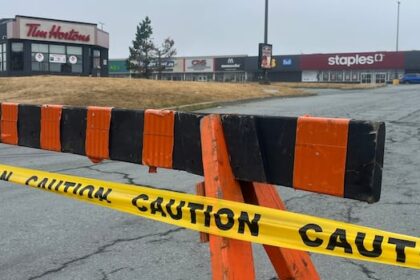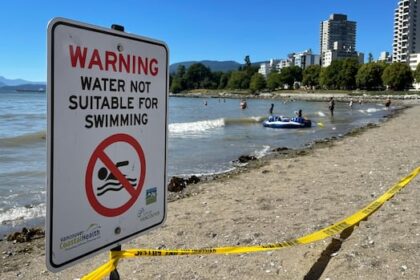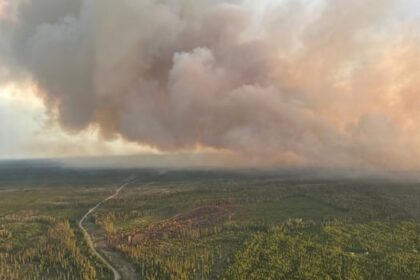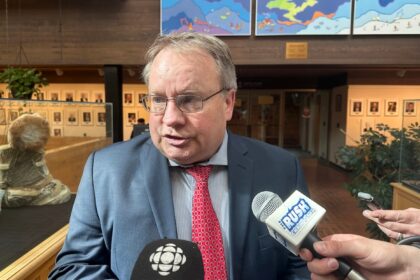A Yukon NDP MLA says the Liberal government must replace a non-profit agency responsible for operating a Whitehorse shelter and a halfway house and supportive housing program following the release of two independent reports into how they’re run. “I do feel like Connective has to go,” NDP MLA Annie Blake told APTN News. “They’ve shown over and over that they’re not able to keep our people safe and keep our people alive…I am sorry, but that’s how I feel.” Connective, a non-profit agency, has come under fire in recent years due to several overdose deaths at a Whitehorse shelter and the Housing First program, which it operates. The shelter and its location in the downtown core has also been criticized by local businesses and residents who claim disturbances caused by those who use the facility have resulted in negative impacts and safety issues. Health and Social Services Minister Tracy-Anne McPhee committed to launching a review of Connective’s programming following a unanimous motion that passed in the territorial legislature last spring. She tabled the review in the territorial legislative assembly on April 14. The review includes two separate independent reports on the Supervised Housing and Reintegration programs, or SHARP, a halfway house program on the grounds of the Whitehorse Correctional Centre (WCC), and Housing First, a low barrier, supportive housing program with locations at the Whitehorse emergency shelter and the corner of 5th Avenue and Wood Street. The reports, dated Oct. 31, 2024, and Feb. 28, 2025, were conducted by consulting firm MNP. The report for the SHARP programs found it provided an essential service, filling a critical need for justice involved individuals by helping them reintegrate into the community and by ensuring supervision while they are within the community. But it also found the men’s version of the program wasn’t suitable in providing psychological safety and created operational and security risks for the WCC. It further noted there was a lack of supports for people leaving the program; some participants in the men’s program felt unsafe due to things like substance use in the space and theft and that its location at the WCC was not ideal for reintegration. Its recommendations for improving the program include moving the men’s program to a different location and relaunching a variation of the program for women. The review of the Housing First program noted its “well suited to provide low barrier and affordable housing as well as to help people maintain stable housing.” “Yet the programs reliance on tenancy legislation and challenges in delivering consistent services have hindered Housing First’s ability to meet all the goals of the government. Also, differences in the level of services offered at both building locations have created a need for more tailored and fair delivery,” the report said. It also found the program faces resource challenges, staffing shortages and insufficient funding, preventing it from offering a full suite of services and that both tenants and service providers faced safety concerns, such as issues with guest management, tenants resisting wellness checks, unit take overs, assaults, theft, and poor camera coverage. It recommended improving safety by strengthening guest management, creating and implementing clear guidelines, improving camera coverage, installing phones in units, ensuring that women are always on shift, and offering more healing-informed, harm reduction, and overdose response training. It also recommended redesigning the 5th Ave. facility and providing a cultural programming room for facility within the shelter to allow for better wellbeing, stress reduction and cultural connection; addressing resource challenges, like improving access to case management and outreach supports; and, improving service provider training, such as adopting new standards for routine training in areas of harm reduction, healing-informed practice and culturally sensitivity. NDP MLA says Connective not the right fit ‘I actually feel a lot more concerned about people who are accessing these services’ says Blake. Photo: Jordan Haslbeck/APTN. Blake said she wasn’t surprised by the reports’ findings. She moved the motion for the review last spring and previously raised concerns about the programs, along with Connective’s operation of the shelter. She believes the reports’ findings show Connective isn’t the right service provider to deliver programming to vulnerable people. “I actually feel a lot more concerned about people who are accessing these services,” she said. “We should be ensuring that any services that are in place, or any sort of service provider that they are connected to, are there to truly help them.” Blake said isn’t sure who should replace Connective at this point in time, but feels there’s an “urgent need” to find another service provider. “Maybe it’s an opportunity or a time where we’re at now for all levels of government to come together and have a conversation about these services that fall under Yukon government,” she said. “It’s all our responsibility, it’s everybody’s responsibility at this point to come together to figure out what the next steps are, what solutions are.” Blake also noted she was expecting the review to include an independent report on the shelter. The motion urges the government to conduct a review of all programs operated in the territory by Connective, including the shelter. But according to a summary that was tabled along with the reports, the government only hired MNP to conduct a review of the SHARP programs and Housing First. On Friday, NDP leader Kate White pressed McPhee for answers on the issue in the legislature. “The Minister of Health and Social Services not only promised to do a review of the White Horse emergency shelter. Last fall, she committed she would table it by the end of October 2024, so six months past her own deadline, the review is nowhere to be found … Where is the review of the Whitehorse emergency shelter?” she asked. But McPhee said White was “incorrect.” She said her commitment was to table a review of recommendations to improve the shelter which was conducted by the government and Connective following an inquest last spring that examined the deaths of four First Nations women who died while accessing the shelter. That report, she said, had already been completed at the end of October and is publicly available. The government said in the memo that the department of health and social services and the department of justice are analyzing the results of the reviews and working to determine next steps for the different programs. Chris Kinch, vice-president of service delivery for northern B.C. and Yukon, said in an email statement it welcomed the opportunity to learn from and act on the report’s findings. “We appreciate the reports’ attention to both the need for these services and the structural and systemic challenges impacting them—such as the gap in second-stage housing and the complexity of the overdose crisis—and hope this will help drive broader action on underlying issues. We are committed to working with the Yukon Government to enhance outcomes and supports for the residents of SHARP and Housing First,” he said. Shelter model hot topic in legislature Police at a shelter in Whitehorse investigating a death. Photo: APTN. Meanwhile, the shelter has been an issue of contention between the opposition party and the government in the territorial legislature in recent weeks. The Yukon Party has long called for the shelter, which operates as a low barrier model, meaning it allows people under the influence of alcohol and drugs to access the space, to revert back to its previous high barrier model in order to curb criminal and inappropriate behavior. Earlier this week, the owners of Alpine Bakery, which is located just metres from the shelter and temporarily closed in 2023 due to issues caused by shelter guests, issued a statement on the matter. Owners Silvia and Walter Streit said the Salvation Army, which previously operated the shelter, ran it as a “dry facility with low to moderate impact on the neighborhood.” “After Yukon Government took over control of the shelter and transformed it in a low barrier facility, issues started to arise,” it states. “Alexander Street and surrounding area is not safe anymore… Everyday we are now collecting needles, picking up human feces on our property, dealing with individuals blocking our doorways, feeling intimidation, threats, and even having to use side doors to access our building.” While Pillai has expressed interest in changing the Housing First program at the shelter to a high barrier model, he said the government is sticking with the low barrier model for the shelter space on the bottom floor. McPhee said in the legislature last week the shelter previously operated as an “extremely high-barrier location” and that vulnerable people were not receiving proper care or services under that model. Pillai also pointed fingers at the Yukon Party, who originally chose the shelter’s site. “I am sure that when the Yukon Party built the shelter at 405, they took into consideration that we might have population growth and that the complexity of challenges would be greater and that we would have individuals as well who would come from outside of the territory into our downtown core. Maybe they did; maybe they didn’t, but that is the reality of what we’re dealing with,” he said. Continue Reading
Agency that runs shelter, housing programs in Whitehorse has to go says NDP MLA
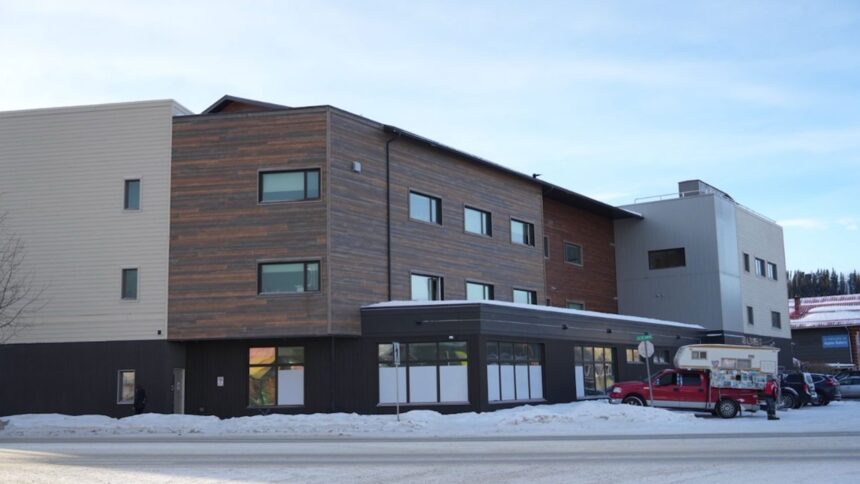
Leave a Comment






